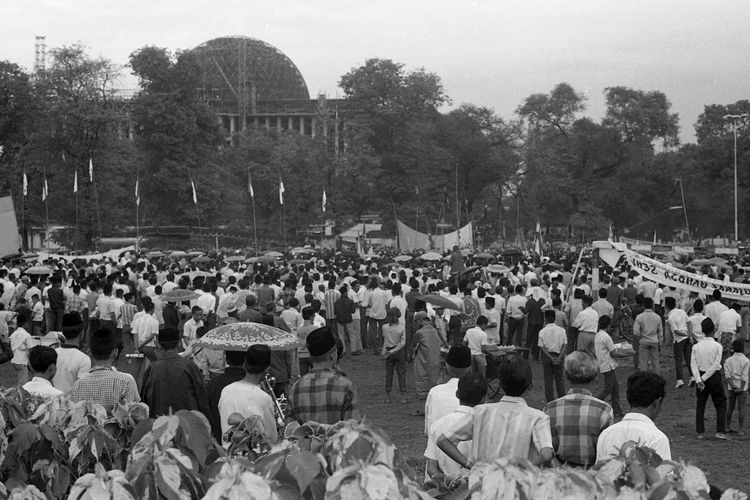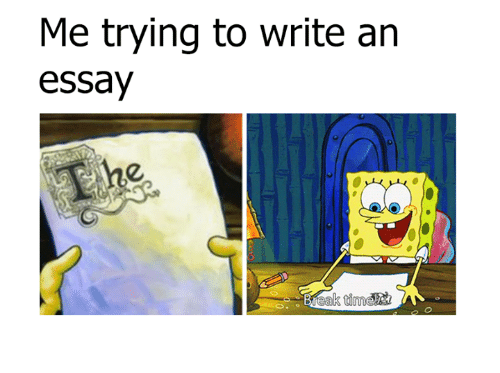The Function of Rice and Beans in 'Two Women' Poem Seen Through Structuralist Approach
- E. Deborah Kalauserang

- Jun 8, 2018
- 5 min read

Poetry Sem. IV Final Exam Paper
by Esther Deborah K.
Structuralism is ‘the belief that things cannot be understood in isolation – they have to be seen in the context of larger structures they are part of’ according to Peter Barry in The Beginning Theory (Barry, 2002). In other words, one cannot define the meaning of something by viewing only its intrinsic property, because its placement in the structure (context) matters. Structuralism must also be preceded by semiology, ‘the idea of a general study of the sign systems which make up our societies’ quoted Graham Allen in Roland Barthes. In structuralism, signs are understood in terms of the systems or structures which generate them (Allen, 2003). For example, a red rose will be seen as normal—a flower. However, when that rose is given from a boy to a girl, it will give another sense of different meaning. The meaning of the rose (in this particular context) is not identified when the object is being the object itself, rather given or supported by the surrounding environment. That object signifies something else—a symbol of love—when placed within a larger structure (as shown in the previous example). If the boy and girl are taken away, the rose will only be an ordinary flower. From this example, the object or word ‘rose’ is a signifier and it signified the concept of romance. The understanding of the sign, signifier and signified, refers to semiotics. As a matter of fact, the concept of itself is produced or generated by structure. This same idea is also applied various literature works, including the poem entitled ‘Two Women’ written in 1973 by a Chilean woman. By using sturcturalism lens to view the work, it can be seen that the social gap between the upper and lower class is suggested by the usage of signs that are given by the anonymous author. Therefore, the social gap in ‘Two Women’ poem is amplified by the use of one particular sign to contrast its signifiers.
The poem ‘Two Women’ told a contrasting story between the lives of two during the coup of Salvador Allende (president of Chille) launched by Gen. Augusto Pinochet in September 1973. Each stanza consists of different point of view between the upper and lower class. The first was highlighted in bold, and the other italicized. The poem in bold talked about the life of a wealthy woman, whose husband owned a factory and whose kids went abroad for college. However, the poem in italics was about another woman whose life was the opposite. Her husband labored in a factory, and watched two babies die because there was no milk. The plot continued as the wealthy woman experienced difficulty in life, where she had to eat rice and beans and her children no longer given summer visas to Europe. Here, the life of the poor woman grew better, unlike the other. She now had rice and beans and had hope for freedom. Unfortunately, after the coup d’etat and attack, things became darker for the poor woman yet better for the richer. The wealthy woman gained her so-called ‘freedom’, had drinks to celebrate and replaced the rice and beans with chicken and steak. On the other side, the poor one had her husband shot and raped along with her sisters. She managed to survive, yet the beans and rice had disappeared. Finally she had to suffer along with her crying children. There are several important analysis made in terms of the rice and beans that was mentioned a few times in the poem.
Firstly, the author uses rice and beans as a connotative signifier to represent two different concepts that belong to each woman. Most of the time, rice and beans always came together in the 8th, and 9th stanza followed by the 35th and 36th. It can be concluded that they are of one unity, so when ‘rice’ is mentioned, it already represents both objects. For the wealthy woman, rice is a signifier that signified the concept of poverty because there is no natural meaning of ‘rice’ when it comes to terms with the context. Meanwhile, the poor woman saw it as something of hope—an indicator that her situation was getting better. Stanza 8 shows the contrast between the two’s perspective. The wealthy woman said, “we had to eat rice,” while the poor said, “we had rice.” Notice that there were two words, ‘had’ and ‘to’ that belong to the wealthy one. This amplified the contrast between the two social classes, because the rich asociates rice with the lower class. Moreover, the women in the poem were speaking about it connotatively. Roland Barthes defines it as a second-order statement, or the plane of content—which does not talk about the literal meaning (known as first-order statement or denotation) (Allen, 2003). If the two women were speaking denotatively, the readers will not understand why eating rice is so important for both parties. The object of rice is simply constructed, which can be seen especially when it is linked with the steak as something superfluous or rich and rice with basic or poor (which will be discussed later in the next paragraph). By using Roland Barthes’ second-order statement to define the signifier of rice, one can analyze the clear line the author wants to draw between the upper and lower class.
Next, there is a pair of binary opposition that can be found in the text. Rice and beans (which is of one unity) are related to the lower class and something basic as shown in the paragraph before. On the contrary, chicken and steak are asociated with the rich upper class and something superfluous. In the 36th stanza, the wealthy woman said: ‘the rice – I’ve replaced it with chicken or steak’ while the poor, raped woman lifelessly stated that she ‘cannot find it (the rice)’ anymore. This pairing is considered as a binary opposition, because it is a ‘contrast and pairings related to the most basic binary polarities’ according to Roland Barthe’s symbolic code (Barry, 1995). So to speak, the author again amplifies the gap between the social class by this pairing. It is a pair of contradicting signifiers that suggests the two women are living in a different ‘world’ although both of them went through the same historical event. A binary opposition of fortune/misery or wealth/poverty is an underlying structure that can be observed from the poem through these two opposing ideas.
Finally, from the discussion above, it can be concluded that semiotics and structuralism mapped the readers’ understanding towards the larger structure that the text belongs to. Without being aware that the signifier of rice is being used connotatively, there will not be a clear separation of the upper and lower class. Through the author’s usage of the binary opposition in the text, the reader will also comprehend how the anonymous author define the world around her. The idea is supported by Barthes’ semiotic codes, which claimed that ‘the structures of contrasted elements which structuralists see as fundamental to the human way of perceiving and organising reality’ (Barry, 2002). In the end, ‘Barthes’s symbolic code led us to scour the narratives for pairs of oppositions that reveal the narrators’ reality. The pairs of oppositions express not ideas that are explicit in the text but, rather, the contrary: they express the text’s hidden stratum, which is reflected in the abstract ideas that arise from the actions and events’ (Tohar, 2007). The meaning of the main object is not identified by its intrinsic structure. It is defined by the structure (context) that implies a meaning from outside the object itself. Therefore, the signifier and the pair of binary opposition depict the contrasting world of the two women—the real socio-cultural conflict in which the author was a part of.
References
Tedick, Diane J. Proficiency-Oriented Language Instruction And Assessment: A Curriculum Handbook for teachers. CARLA Working Paper Series. 2002.
Barry, Peter. Beginning Theory. Manchester University Press, 2002.
Allen, Graham. Roland Barthes. Routledge, 2003.
Tohar, Vered. “An Alternative Approach for Personal Narrative Interpretation: The Semiotics of Roland Barthes.” International Journal of Qualitative Methods 6(3). 2007: 70. #structuralism #poetry #RolandBarthes #literature #SasingUSD




Comments